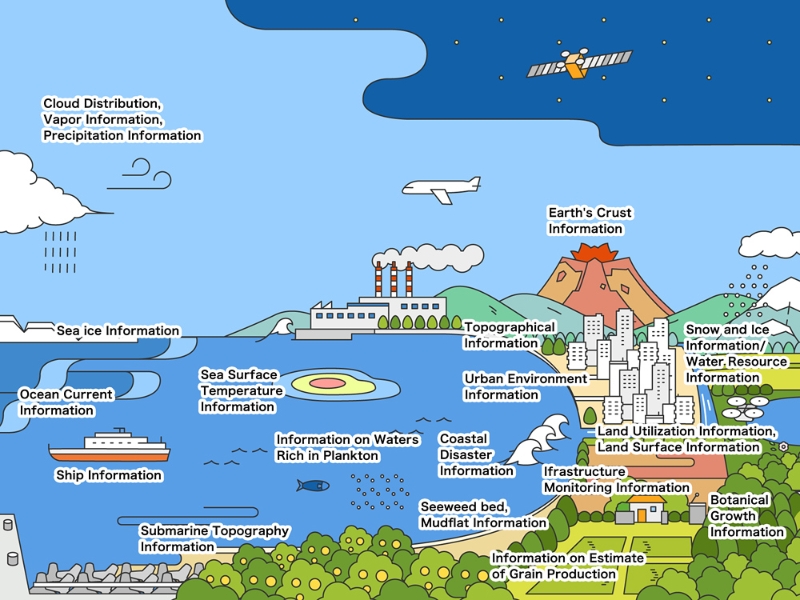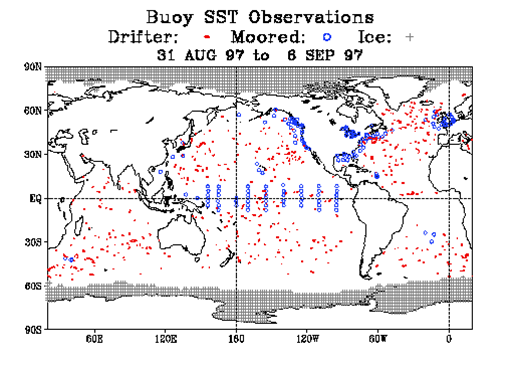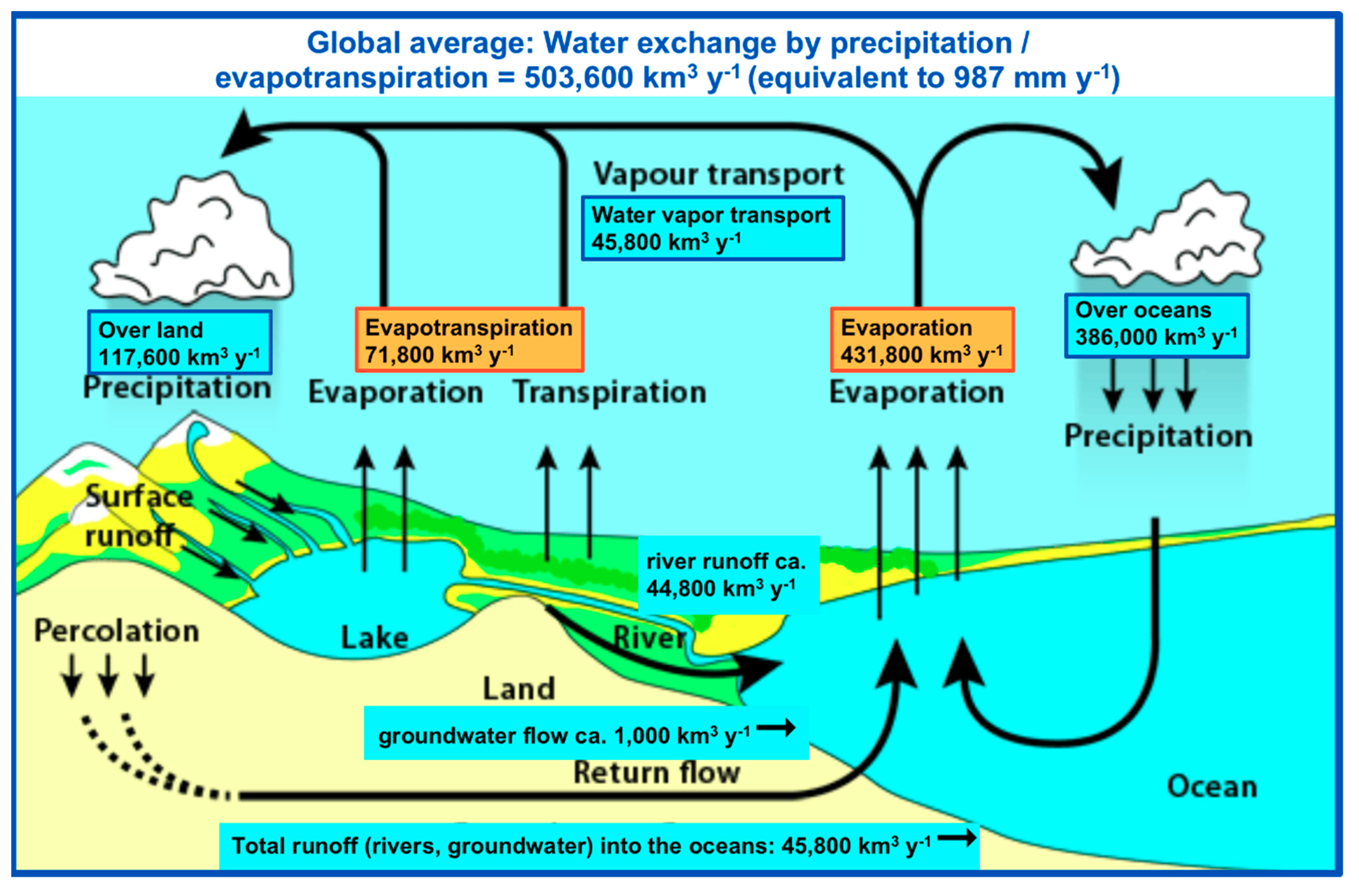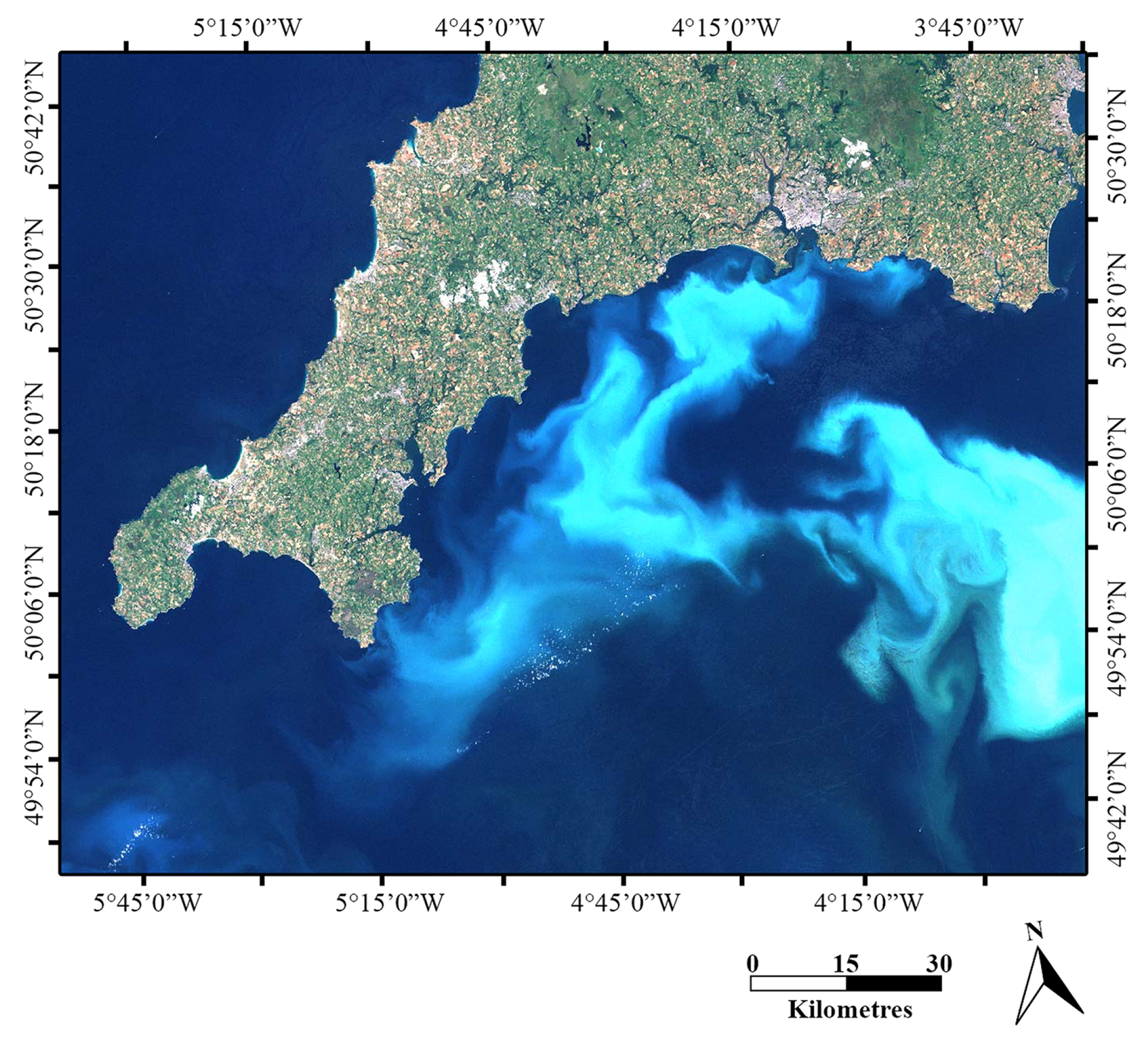Satellites are amazing tools for observing the earth and the big blue ocean that covers more than 70 percent of our planet.
Satellite remote sensing of the ocean can monitor.
Can be used for improved water quality monitoring with satellite data in optically.
Remote sensing has a wide range of applications in many different fields.
However remote sensors do not penetrate in the water and if some of them do in some bands of the visible spectrum it is in very particular conditions and up to a few tenths of meters.
Satellite altimetry is one of the essential remote sensing techniques for monitoring.
Satellite remote sensing of the oceans plays a critical role in many aspects from weather forecast marine traffic coastlines monitoring fisheries etc.
Special cameras collect remotely sensed images which help researchers sense things about the earth.
Using satellites noaa researchers closely study the ocean.
Satellite altimetry is one of the essential remote sensing techniques for monitoring dynamic ocean conditions including surface currents local wind speed and significant wave height.
Only satellite remote sensors can determine currents synoptically over extensive ocean and coastal regions.
Figure 7 shows the changes in ocean color due to high sediment loads in the yangtze river estuary 60 and the pearl river estuary 61.
Many of the dynamics of the open ocean and changes in the coastal region can be mapped and monitored using remote sensing techniques.
Remote sensing is the process of detecting and monitoring the physical characteristics of an area by measuring its reflected and emitted radiation at a distance typically from satellite or aircraft.
Only satellite remote sensors can determine currents synoptically over extensive ocean and coastal regions.
Much research has led to the operational implementation of many scientific algorithms to generate geoscience products that support the general public.
Monitor shoreline changes track sediment transport and map coastal features.
Ocean applications of remote sensing include the following.
Ocean color remote sensing techniques are widely used to monitor spatiotemporal variations in ss concentration and for mapping of water turbidity.
Data can be used for coastal mapping and erosion prevention.









